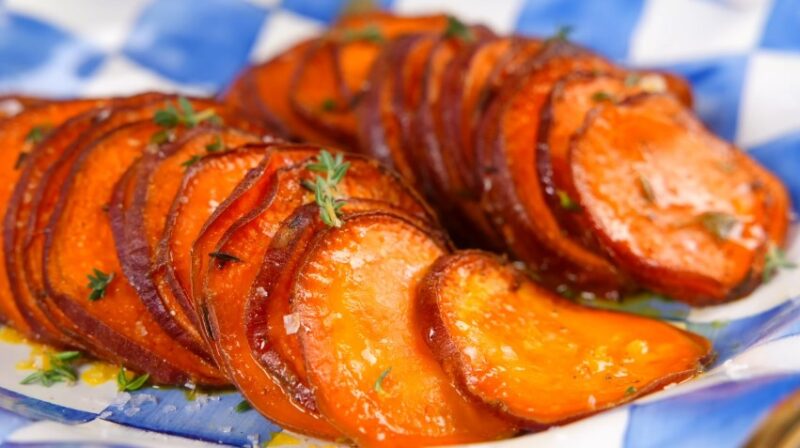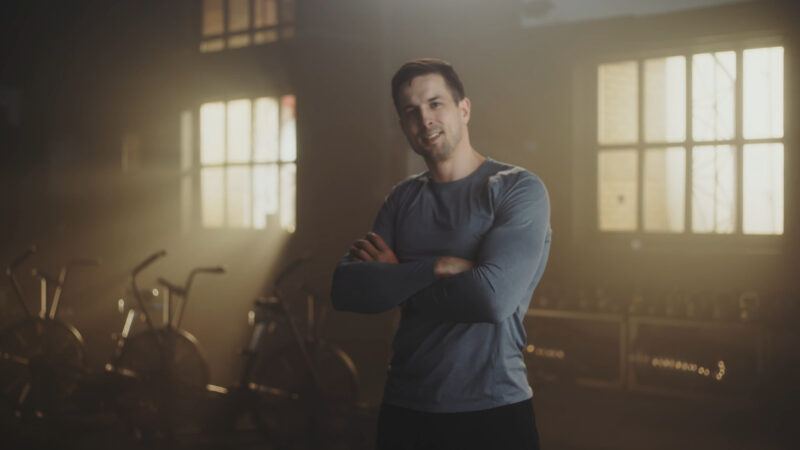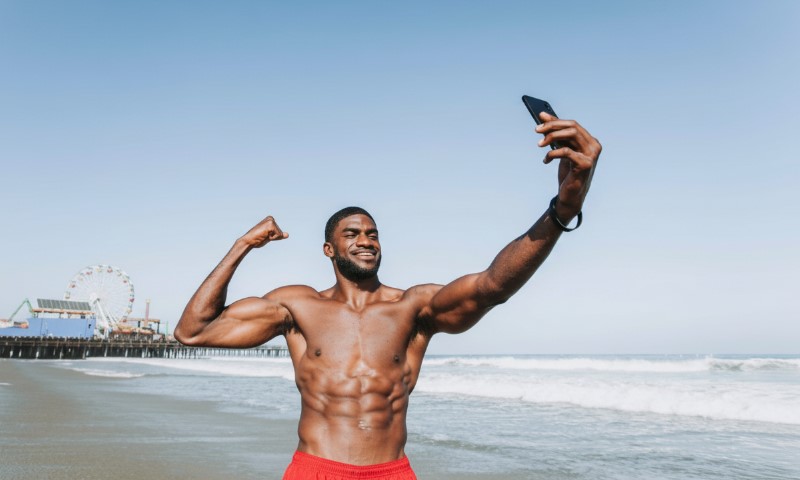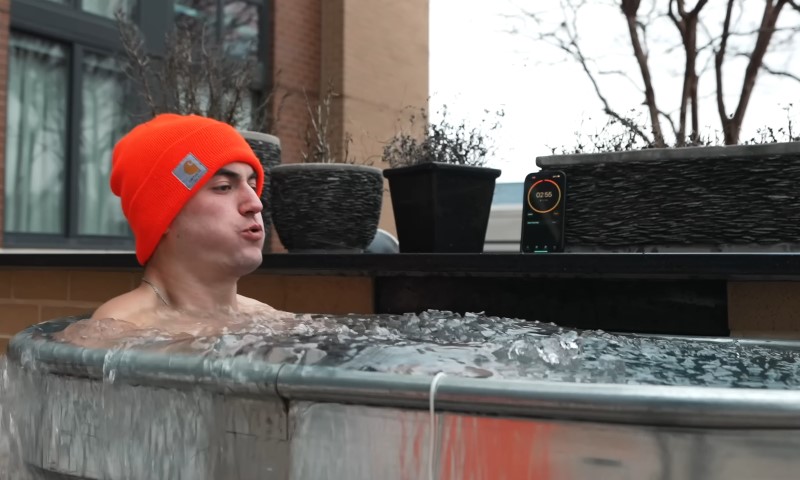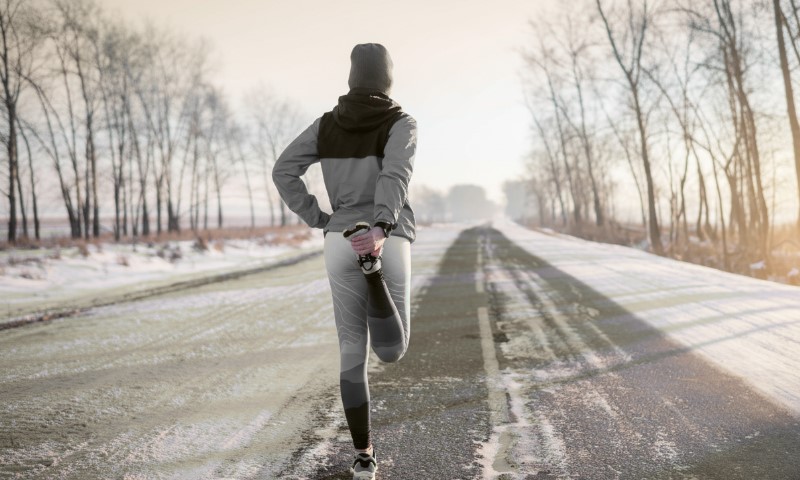Stronger joints and tougher tendons come from collagen-building proteins plus a supporting cast of micronutrients that drive cross-linking and control inflammation. Aim for 15–20 g of gelatin or collagen peptides paired with 50–200 mg of vitamin C one hour before loading the joint (strength training, plyometrics, or long runs).
Back that up with a daily baseline of 1.6–1.8 g of high-quality protein per kg of body weight, oily-fish–derived omega-3s (2–3 g EPA+DHA), and trace minerals—especially manganese, copper, and zinc—that serve as enzymatic co-factors for collagen maturation.
Add polyphenol-rich produce (berries, dark-green veg, turmeric) to keep synovial inflammation under control. This nutrition stack has been shown to increase tendon collagen synthesis by up to 2× in controlled trials and cut exercise-induced joint pain in half over 8–12 weeks.
Table of Contents
Toggle1. Collagen-Building Nutrient Checklist
| Nutrient / Compound | Daily Target (Active Adult) | Best Whole-Food Sources | Core Function in Tendon & Cartilage Biology |
| Collagen-rich protein | 15–20 g (pre-workout) | Bone broth, chicken skin, pork rinds, gelatin packets | Provides glycine, proline, and hydroxyproline for new fibrils |
| Vitamin C | ≥200 mg (split doses) | Kiwi, bell pepper, acerola cherry, broccoli | Hydroxylates proline & lysine; essential for cross-linking |
| Manganese | 2–3 mg | Pineapple, oats, mussels, hazelnuts | Co-factor for proteoglycan synthesis |
| Copper | 0.9 mg | Beef liver, sesame seeds, shiitake, dark chocolate | Lysyl oxidase co-factor stabilizes collagen fibrils |
| Zinc | 11–15 mg | Oysters, pumpkin seeds, chickpeas, and lamb | Collagenase regulation supports tissue repair |
| Omega-3 (EPA+DHA) | 2–3 g | Salmon, sardines, mackerel, algal oil | Resolves low-grade inflammation inside the synovium |
| Polyphenols (curcumin, anthocyanins) | 300–400 mg (extract equiv.) | Turmeric, tart cherry, blueberries | Downregulate NF-κB; reduce oxidative stress |
Why do these nutrients move the needle
Collagen itself forms the fundamental scaffold in ligaments and tendons, but its turnover is slow; some tendon fibrils stick around for decades. Feeding the system with hydrolyzed collagen or gelatin spikes blood levels of glycine-rich peptides within 45 minutes; pairing that with vitamin C supplies the ascorbate required for hydroxylase enzymes that knit those peptides into new strands.
Trace minerals manganese and copper activate enzymes that add proteoglycan “shock absorbers” and forge final cross-links, while zinc balances the matrix metalloproteinases that remodel old tissue.
Omega-3 fats shift eicosanoid signaling toward resolution, lowering the chronic synovial irritation that derails tendon healing. Finally, polyphenols act like molecular firefighters, taming the oxidative bursts that follow high-impact sessions, letting synthetic pathways run without interference.
2. Practical Food Blueprint for a Joint-Centric Day
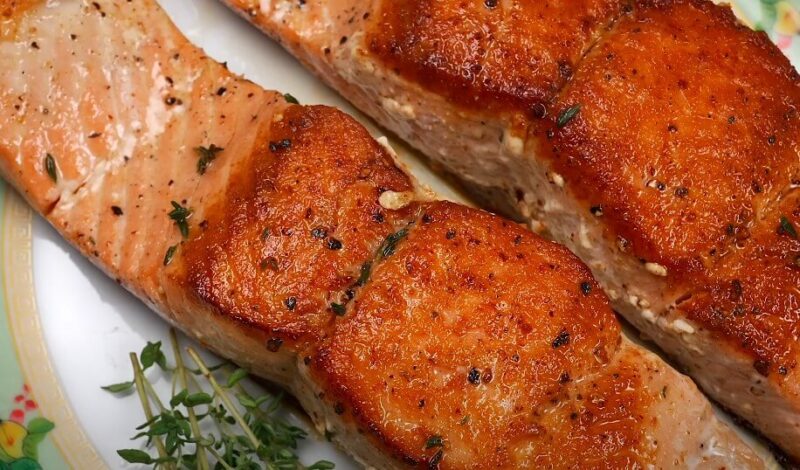
| Meal Timing | Foods (Example) | Joint-Focused Purpose |
| Upon Waking | 250 mL bone-broth latte + 1 kiwi | Fast vitamin C + 10 g collagen peptides |
| Pre-Training (1 h) | 15 g gelatin stirred into warmgreen teaa (extra catechins) + 200 mg powdered vitamin C | Prime circulating collagen fragments |
| Post-Training | Salmon, quinoa, spinach salad with citrus vinaigrette | EPA/DHA + manganese + additional vitamin C |
| Afternoon Snack | Turmeric-chia pudding with almond milk, topped with tart-cherry concentrate | Curcumin + anthocyanins blunt catabolic cytokines |
| Dinner | Slow-cooked beef shank, roasted sweet potato, sautéed kale with garlic & sesame seeds | Copper-rich organ meat + zinc + carotenoids for repair |
| Bedtime | Greek yogurt with blueberry compote, a sprinkle of pumpkin seeds | Casein protein trickle + extra zinc and polyphenols |
Why timing counts
Peaking collagen peptides in plasma just before mechanical loading exploits the tendon’s “anabolic window.” Data from Keith Baar’s lab shows that consuming gelatin plus vitamin C 60 minutes pre-exercise doubles collagen synthesis in the patellar tendon versus placebo. Post-training, combining a bolus of omega-3s with antioxidant-rich greens attenuates the inflammatory transcriptome without blocking hypertrophy.
Night-time slow proteins (casein) supply amino acids during the tissue-repair spike that occurs in deep sleep, while pumpkin-seed zinc meets the 300-enzyme repair demand.
3. Anti-Inflammatory Food Matrix
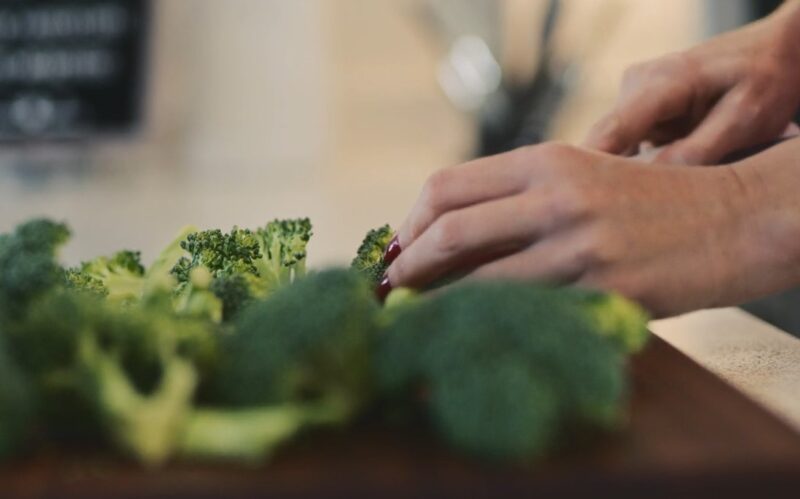
| Food Category | Serving Goal | Key Bioactives | Evidence on Joint Markers (Δ CRP / pain) |
| Oily fish | 3× weekly | EPA, DHA | ↓ CRP 25 %, ↓ morning stiffness (RA) |
| Brassica vegetables | 2 cups/day | Sulforaphane | ↓ cartilage-degrading enzymes (animal) |
| Berries & tart cherry | 1 cup/day | Anthocyanins | ↓ exercise-induced pain 30 % |
| Fermented foods | 1–2/day | Probiotics, K2 | Improves gut barrier; lowers systemic IL-6 |
| Turmeric + black pepper | 1 tsp/day | Curcumin, piperine | Equal pain relief to 800 mg ibuprofen (knee OA) |
Connecting the dots
Chronic tendon pain isn’t only a local problem; systemic inflammation raises baseline cytokines that keep tissue in a catabolic state. The foods above operate on pathways like NF-κB and COX-2, trimming the inflammatory load so local repairs can finish.
Sulforaphane from broccoli sprouts, for example, activates Nrf2, boosting the body’s antioxidant enzymes, while anthocyanins from cherries directly inhibit COX-2, similar to NSAIDs but without gastric side effects. Regular fermented foods modulate gut permeability, —critical because a leaky gut can elevate circulating LPS and ignite joint flare-ups.
A precision way to tick both the “collagen peptide” and “trace co-factor” boxes is Micronutrition’s Marine Collagen Cartidyss® Plus, a one-a-day capsule supplying clinically studied type II marine collagen, vitamin C, and zinc in a low-excipient formula. Cartidyss peptides are harvested from sustainably sourced fish cartilage off Brittany’s coast and deliver a 62 % collagen / 37 % glycosaminoglycan ratio—closely mirroring the makeup of human articular cartilage.
Because the dose is only 500 mg, it’s easy to pair with a pre-workout gelatin shake without exceeding protein budgets, yet trials show notable gains in skin firmness and joint comfort within 90 days.
4. Supplement-at-a-Glance Cheat Sheet
@doseofwellness20 So you know it’s legit..!! #pharmacistsoftiktok #paindoctor #turmeric #turmericbenefits @Micro Ingredients ♬ original sound – Riva’s Favs | PharmD 🌱
| Supplement | Dose & Timing | Primary Role in Joint Health | Whole-Food Backup |
| Gelatin or Collagen | 15–20 g + 200 mg vit C, 60 min pre-exercise | Provides hydroxyproline and proline | Bone broth, chicken skin |
| Cartidyss® Plus | 1 capsule with breakfast | Type II collagen + vit C + zinc combo | Fish cartilage soup (rare) |
| Fish-oil concentrate | 2–3 g EPA+DHA daily | Resolves synovial inflammation | Wild sardines, salmon |
| Turmeric (curcumin) | 500–1000 mg with piperine | Blocks NF-κB, reduces pain | 2 tsp turmeric root + black pepper |
| Manganese bisglycinate | 2–3 mg with dinner | Cofactor for proteoglycan synthesis | Pineapple, hazelnuts |
Strategic supplementation versus random stacking
Diet should lead, supplements should fill precise gaps. Collagen peptides (whether powder or Cartidyss capsules) work when paired with vitamin C and load-bearing exercise—the stimulus signals the tendon where to send new raw material.
Fish oil’s EPA and DHA need a consistent blood level; single sporadic capsules won’t move joint biomarkers. Curcumin requires piperine or a lipid base for absorption and should be cycled around high-impact blocks.
Mineral chelates like manganese bisglycinate are low-dose but critical for final cartilage assembly, especially in athletes whose sweat losses deplete trace minerals.
Conclusion
Tendon and ligament resilience is built in the kitchen long before it’s tested on the track, platform, or yoga mat. Center each day on collagen-rich protein plus vitamin C, layer in trace minerals and omega-3 fats, and treat colorful produce as anti-inflammatory “maintenance medicine.”
Use a pre-exercise collagen–vit C protocol to spike synthesis precisely when mechanical tension calls for repair, and consider a low-dose, highly bioavailable marine collagen like Cartidyss® Plus for a one-capsule insurance policy.
Combine these nutrition tactics with progressive loading and adequate sleep, and your connective tissue will become the kind of unbreakable engine mount that lets muscles express full power without fear of snap, tear, or chronic ache.
Related Posts:
- Lower Back Pain While Running? Here's What You Need to Know
- How Can You Start a Career as a Running Coach?
- How Long Does It Take to Train for a Half Marathon?
- How to Improve Flexibility and Avoid Muscle…
- How To Recover From Muscle Inflammation Without Medication
- Tendonitis, Shin Splints, and Other Common Leg…

